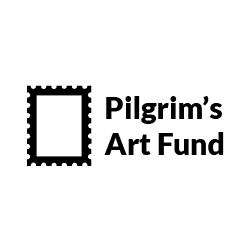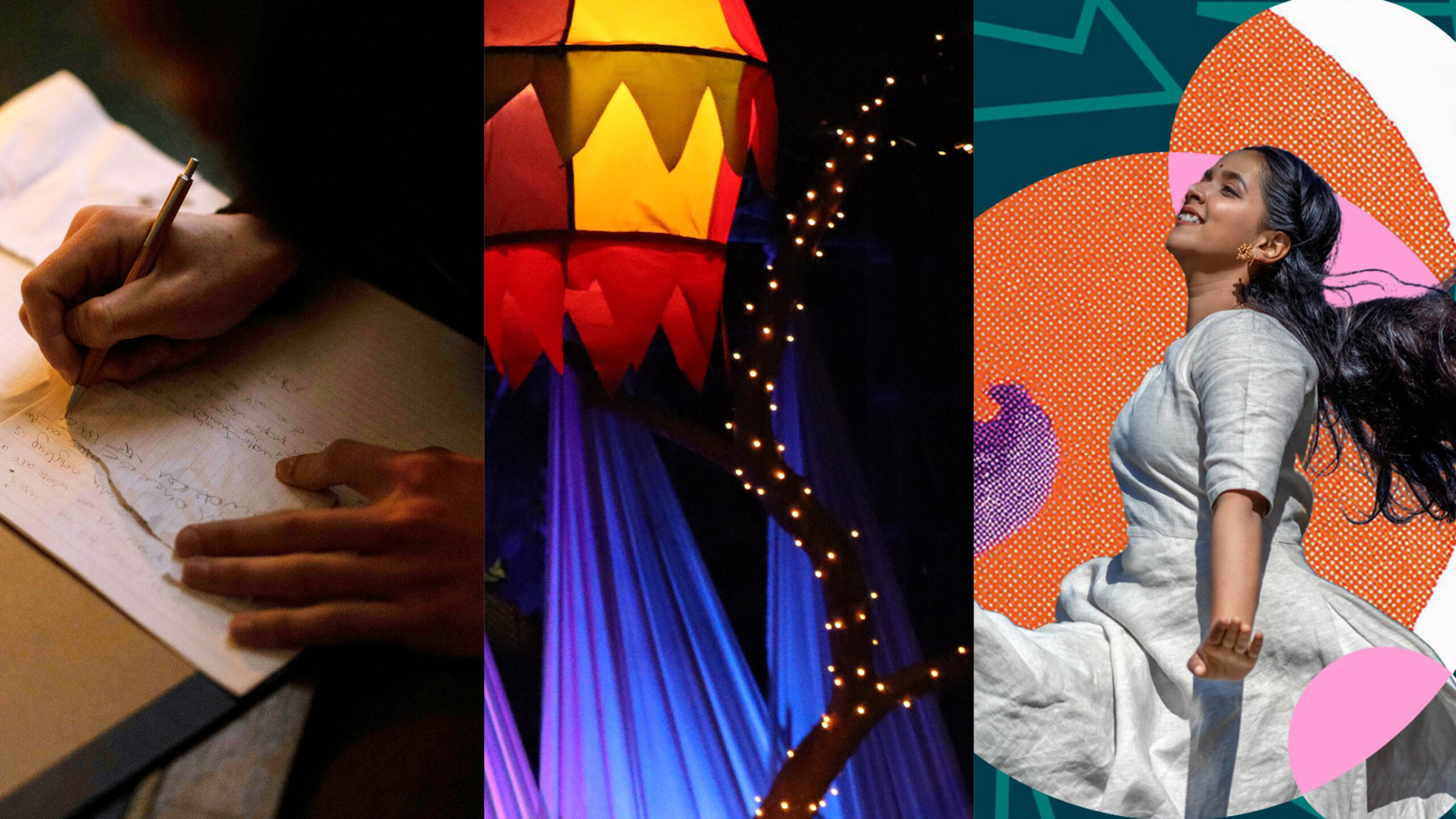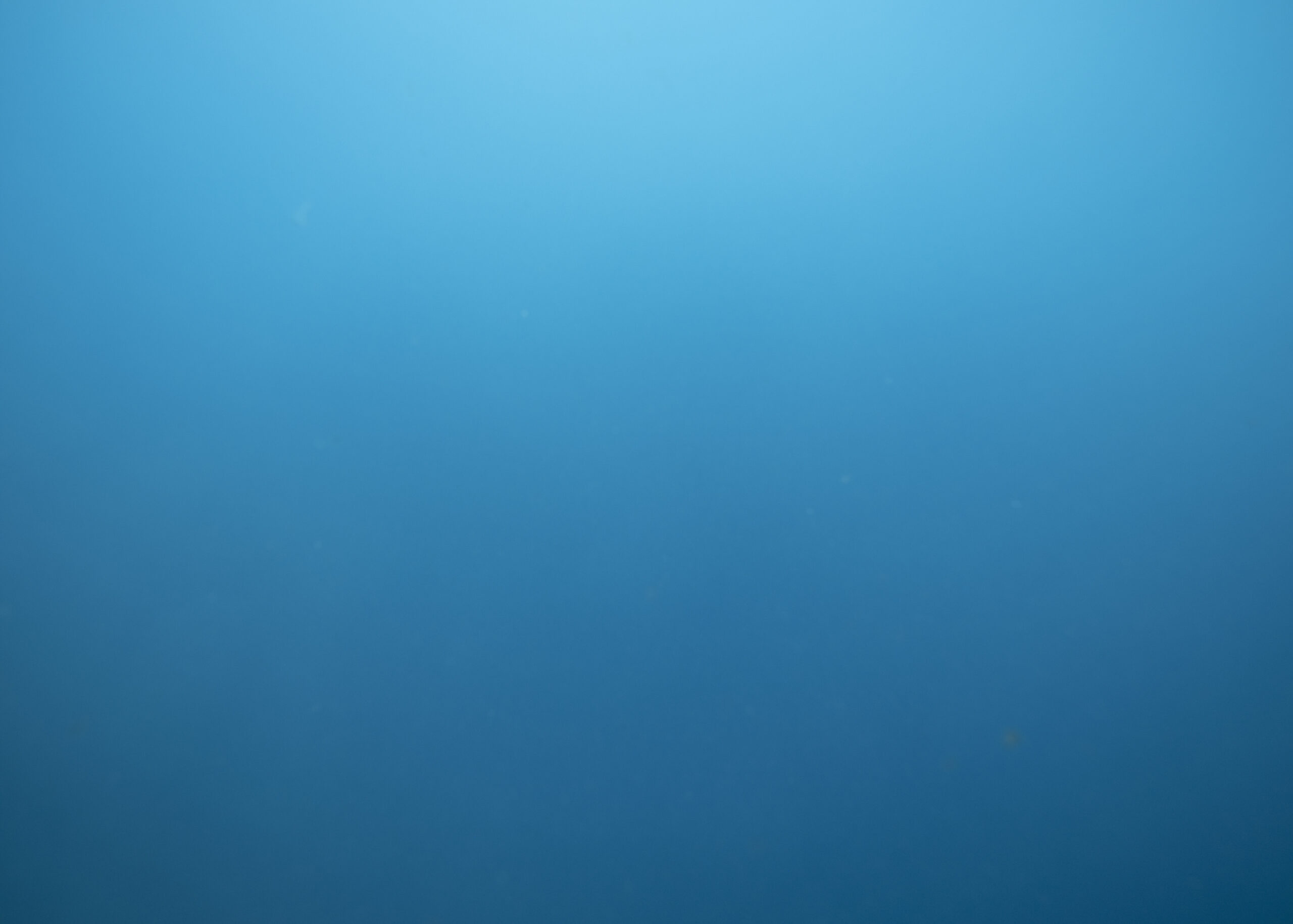- ARTiculate
- Posts
- Will AI Destroy Human Art Practice?
Will AI Destroy Human Art Practice?
🤷🏾♀️
CONTENTS
WILL GENERATIVE AI DESTROY ARTISTIC PRACTICE?
If you own smart technology and spend time online, then you are already using AI – whether through voice assistants, curated playlists, or search suggestions. You might have even experimented with generative AI to improve your writing, turn text prompts into images, or as an alternative to traditional search engines. It’s quick and is almost magic like, and for a lot of people it’s fun to use. Generative AI tools can allow for users to create images in seconds – even mimicking styles from iconic studios like Pixar, Studio Ghibli, or The Muppets, thanks to recent updates from OpenAI which has ignited excitement and controversy alike.
If you are an active online user, particularly on social media, then you may have seen a divided conversation about this. Now, unless you’ve been living under a rock or don’t use social media), you will have noticed a wave images being turned into Studio Ghibli-style visuals. There’s something heartwarming about people recreating treasured moments into such a style, however, there is also the documentation of Hayao Miyazaki, the studio’s founder, working away, crafting each frame by hand, and the thought of the deep sense of disappointment he may potentially feel of seeing something very, very similar to his life’s work having been replicated and created within seconds. Generative AI scraping images of artists’ has been happening for a while now, however the conversation is louder because it involves an entity such as Studio Ghibli. Of course, nothing is absolutely 100% original these days. We’re all inspired by other artists in some way, however there is no denying that in some cases, it’s obvious that someone’s work has been ripped off. IRL or URL.
I’m not against generative AI by the way when it does harm the integrity of a creator (although I do realise that I need to be conscious of how often I am using it, and how our increased usage is impacting the environment). For transparency, I used it to answer some questions related to, ironically, generative AI for this newsletter, and I use it to help improve my writing, especially when it comes to cutting out the waffle. I also had fun using generative AI at a conference the other week, creating tacky art on a tote back with Adobe (see my hybrid unicorn pig creation below) and a short video with Artlist. To my knowledge, both used licensed and copyright-free content. During a talk at this conference, about whether AI will replace craft, something stuck out for me: AI can’t replace creative practice. It can replicate aesthetics and remix existing inputs, but it doesn’t have a soul. It hasn’t lived. It doesn’t feel. And it certainly can’t challenge the status quo.

The prompt for my tote bag was something along the lines of “an ice cream cone and a unicorn in the background with a pig flying behind it and a rainbow”

The result: A hybrid unicorn pig icecream
If an AI tool can recreate an artist’s style, what does that mean for their career? What if it ‘learned’ your style by scraping your work without permission? Generative AI doesn’t create in a vacuum. It builds on what it’s been trained on – and that includes work by artists, often scraped online. It’s okay to admit that we don’t have all the answers – I certainly don’t. But that doesn’t mean we stay silent. So, what can we do? Here are some practical ways artists – especially those in the UK can take steps.
HOW TO PROTECT YOUR WORK IN THE AGE OF AI?
GLOSSARY OF TERMS USED
🧠 AI (Artificial Intelligence)
Technology that mimics human tasks – like decision-making, learning, or recognising images.
🎨 Generative AI
AI that creates things – from artwork to writing – by learning patterns from existing content.
🏢 OpenAI
A leading AI research company behind ChatGPT and DALL·E.
🤖 AI Scraping
When bots automatically collect data (e.g. artwork) from the internet to train AI systems.
📦 Training Dataset
The pool of data an AI learns from – which may include online art, writing, or photos.
🧾 Metadata
Invisible data embedded in a digital file that includes info like author name or creation date.
💧 Watermark
A visible or hidden mark added to your image to claim ownership or deter copying.
Understand The Platforms You Use
Some sites now offer opt-out tools for AI scraping. Look for settings that support noai or noimageai metadata tags. Speak up if your platform doesn’t support creator protections.
Use Metadata and Watermarks
Add subtle metadata or watermarks to your images. It won’t prevent misuse, but it can help you establish authorship if your work is copied or challenged. Adobe’s Content Authenticity Initiative (CAI) allows you to apply secure metadata with information about yourself and your content preferences, directly to your files.
Document Everything
Save layered files, sketches, email chains, or even screen recordings of your process when you can. It’s your creative paper trail.
Use Creative Commons Licences
If you do permit sharing of your work, but not for commercial use, then licences like Creative Commons let you clearly state what is and isn’t allowed.
What You Should Be Aware Of
If your work is online and public, it may have already been used in AI training datasets.
There’s currently no legal requirement for companies to disclose which content was scraped – or to let artists opt out.
Even if you prove your work was used, getting results or compensation can be slow, or even not guaranteed.
Resources for Artists from DACS
DACS (Design and Artists Copyright Society) is a not-for-profit organisation dedicated to championing, protecting and managing the rights of artists, and maximising their royalties.
1-2-1 MENTORING
I have reintroduced the £25 one-hour 1-2-1 mentoring sessions that I ran earlier this year exclusively for subscribers, and will be offering this until the end of this month. Excited to run sessions with those who have booked on so far.
If you would like guidance on goal setting for artistic projects, developing your portfolio, writing applications and proposals for open calls, accountability check-ins to support your progress or feedback on new work idea, this may be for you. A popular topic for most of the bookings so far this month is prep for Arts Council England’s Developing Your Creative Practice (DYCP) grant which opens up on 24th April.
If you would like to enquire about sessions, you can drop me an email.
THIS MONTH’S GIVEAWAY
There are just a couple of days left to enter the subscriber exclusive prize draw to win a voucher for entry to the highly acclaimed Noah Davis retrospective exhibition at The Barbican. Enter here by 11:59pm on Wednesday 16th April to be in for a chance of winning one of the two tickets.

The Conductor (2014) by Noah Davis
OPPORTUNITY LISTINGS
A list of open call, residency, fellowship and funding opportunities for artists.
A mix of UK-based and international.
Some opportunity deadlines are in a few days, some next week, some next month — so do not delay in clicking on the ones that catch your eye to get full details.
I try and refrain from sharing opportunities that require an application fee.
SUPPORT THIS NEWSLETTER FOR THE PRICE COFFEE
This newsletter is free of charge to receive and read. If you’d like to make an optional one-off donation, or a regular monthly donation (the price of as many coffees as you like), you can do so via Ko-fi or Paypal. Any support you provide will go directly toward the time I dedicate to ARTiculate and help fund additional resources to support you.
The equivalent of 36 cups of coffee has been donated to support the work of this newsletter since December. Thank you to the amazing people who have generously donated 🙏🏾
CLOSING REMARKS
The case with human-made art being mimicked by generative AI can be daunting indeed for a lot of artists who want to share their work online. Whilst AI isn’t going anywhere, anytime soon, there are a whole lot of people fighting to make things fairer for artists. On thing I can say for sure is that whilst AI might be able to replicate style and existing idea, it cannot true human soul and originality. Keep doing what you are doing (and follow the tips above to ensure your work is protected as much as possible).
If you have made it this far, thank you for reading. If you know anyone who you think would benefit form these newsletters, forward this to them, and encourage them to subscribe.











Reply